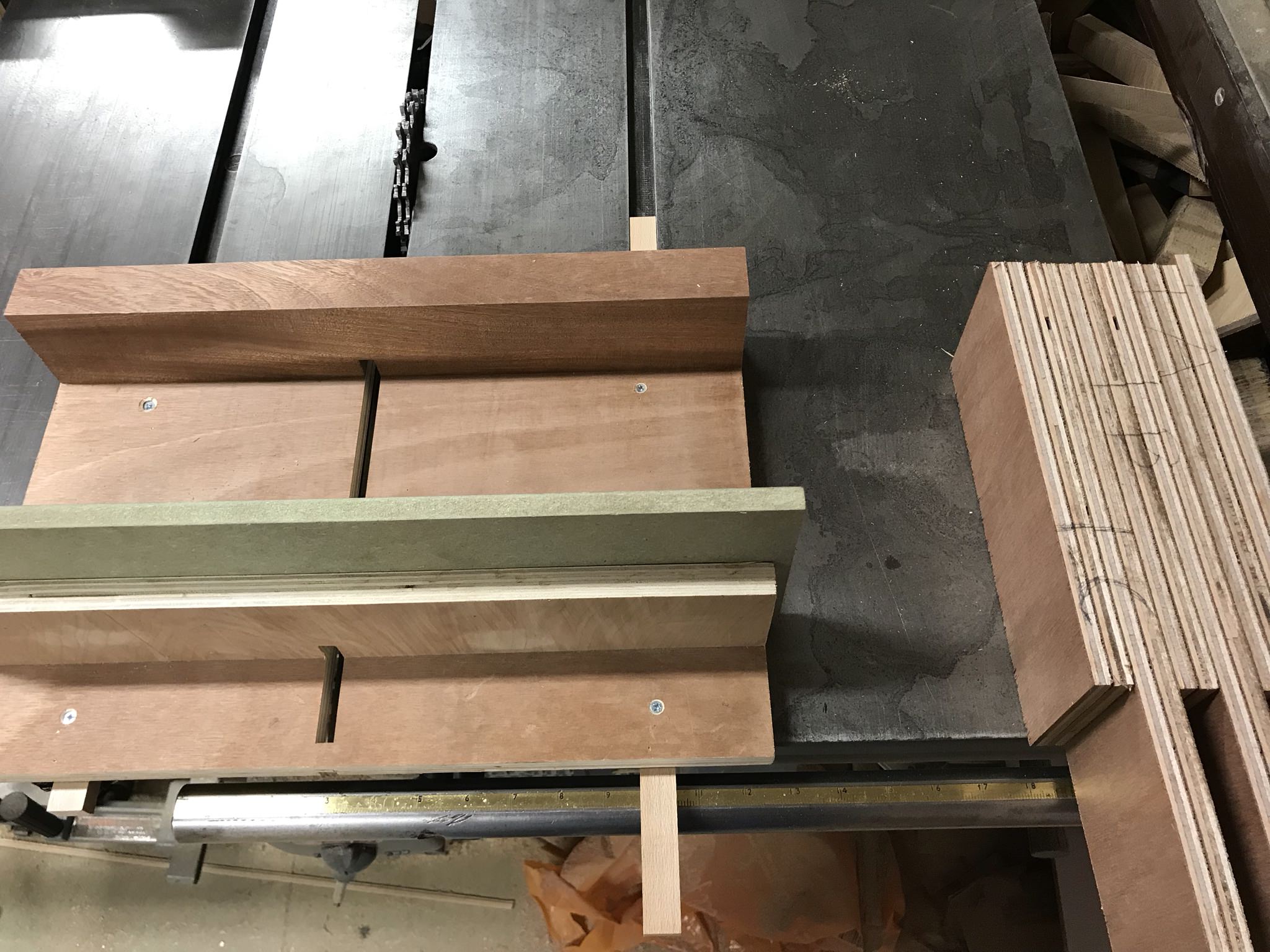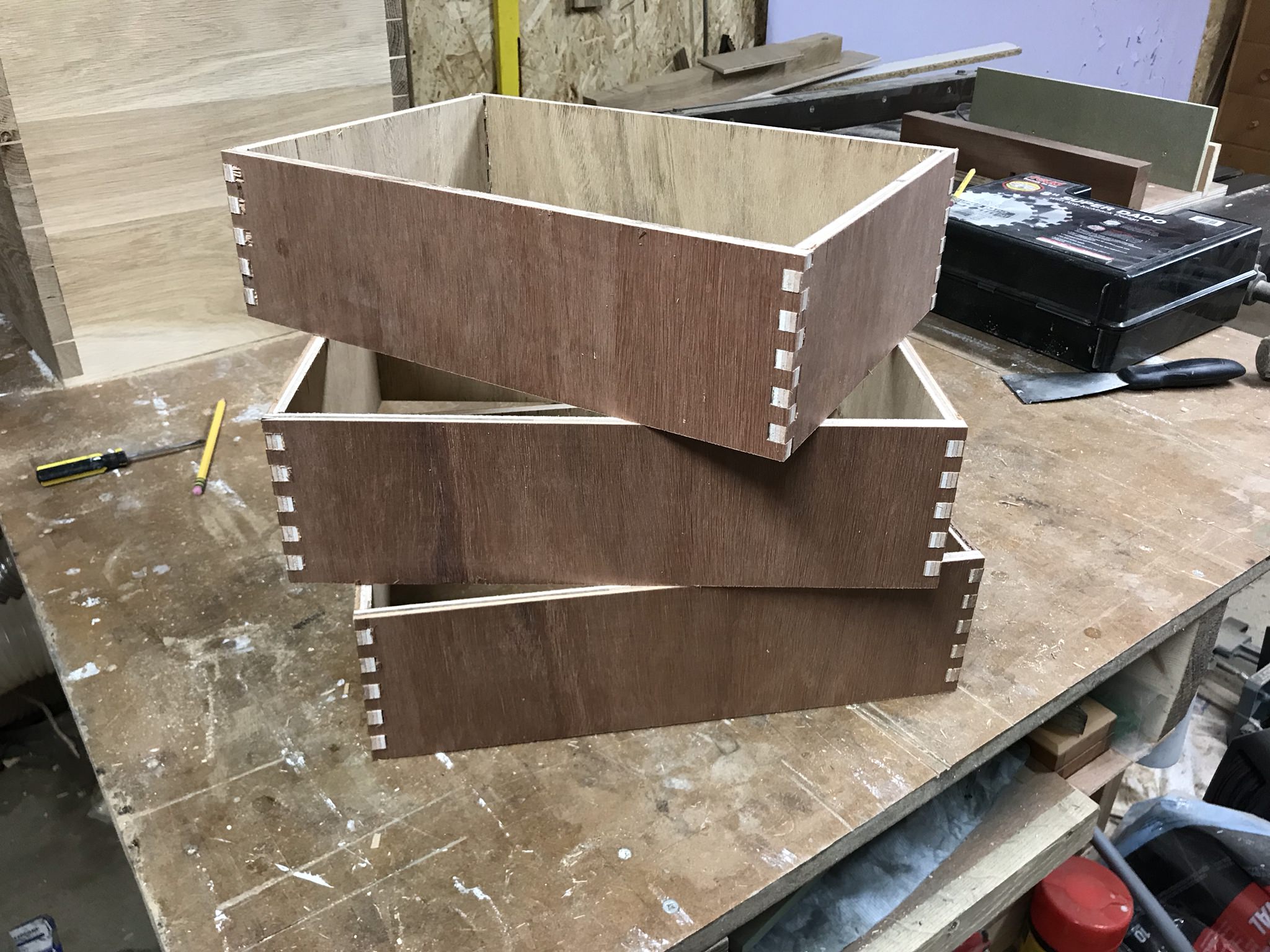Woody2Shoes":1w0mqz63 said:
There are several problems the presenter of that video doesn't talk about:
1. The most obvious one: you need micro-adjustment to get the spacing right, as the errors are cumulative. Steve Maskery did a YT video of a variant with a micro-adjuster (I based mine on his design). It works well, but adjustment is still difficult.
2. The indexing peg wears. I made mine of oak, the hardest wood I had conveniently available, and it easily became looser over time. I'd suggest something like Perspex instead (I didn't go that far, but it would probably have helped
3. If tearout is an issue (you can see it happening in that video around 7 mins in when he makes the first cut in close-up), it is very difficult to do much about. One approach is a sacrificial front piece, clamping the stock in a sandwich, but again that only works for a limited time.
4. They used an upcut spiral bit - it helps on one side of the cut -- in the close-ups that top right corner looks brilliantly crisp, but on the other side: tearout! It's also expensive. I suspect one other reason for the spiral bit is clearing the chips.
Basically, pretty much all the tearout issues are fixed on the tablesaw, as long as there is a tight sacrificial fence. It's certainly the case that one side of the workpiece wil be clean, so you have an exterior surface. I don't think you can guarantee this with a router table.
Finally, unlike through dovetails, you have to start with your stock at exactly finished dimensions, or at least you are referencing off an outer corner of the joint every time. Theoretically you have nothing to trim back to a smart finish - you can leave the fingers long, but that means an exact amount of waste. This is true of many systems, for example the mitre lock cutters I have are the same, but with through dovetails it isn't - you can work to scribed lines and, if you really want, leave the stock ragged (ish!).
If you are doing non-right-angles, as I was, you probably end up trying to index an acute angle on the workpiece against the surface of the sled: this really isn't fun.
I have yet to see a video where someone addresses all the issues.







